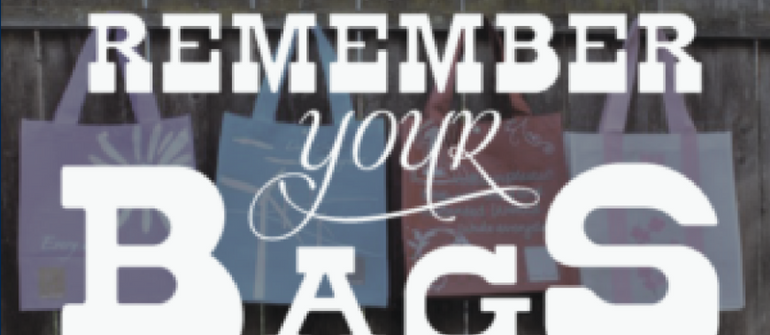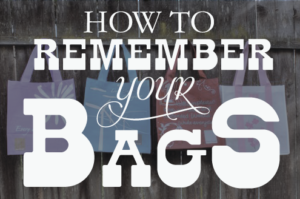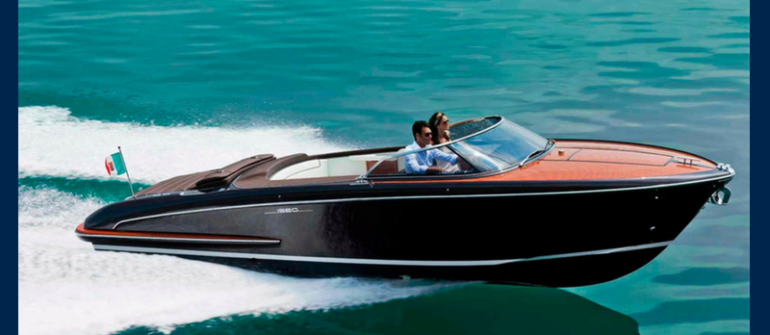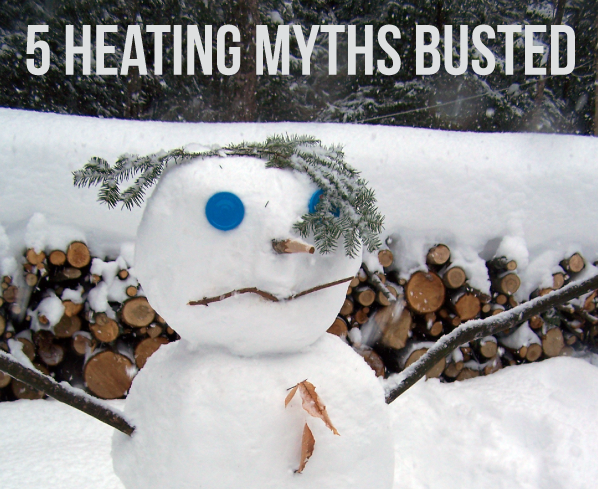
Have you believed any of these myths? Knowing the facts will help you stay warm efficiently!
Myth #1: Turning off the heat in your home during the day is the best way to conserve energy.
Fact: Reheating your living space after turning off the heat can actually be more expensive than lowering the temperature of your home, according to the U.S. Environmental Protection Agency, or EPA. Also, if a water pipe bursts because of the very low temperatures, the repair can cost thousands of dollars.
Solution: Invest in a programmable thermostat, which can be as cheap as $20 or $25 at big-box stores. During the winter, if you schedule your thermostat to drop to 68 degrees when you’re home and lower when you’re sleeping or away, you can save $110 per year or more, according to EPA estimates. If you choose to install the thermostat yourself, be sure to shut off the electricity in your house during installation.
Myth #2: Using a wood-burning fireplace will reduce your heating bills.
Fact: “Fireplaces are designed primarily as entertainment-oriented appliances. They are not designed for heating large areas,” says Ashley Eldridge, director of education for the Chimney Safety Institute of America, or CSIA. “While there are some modern fireplace designs that do heat, most of your heating will come from a central furnace.”
Solution: Decorate your mantle, but limit lighting a fire to the times when you want to add a cozy touch.
“In most cases, using the heater is going to be a better choice from a thermal performance point of view, but fireplaces may be desired as an aesthetic choice,” says Max Sherman, a fellow at the American Society of Heating, Refrigerating and Air-Conditioning Engineers, or ASHRAE, and a staff senior scientist/group leader at Lawrence Berkeley Laboratory.
Myth #3: Portable space heaters guzzle energy.
Fact: “Space heaters can be an energy-efficient option in a poorly insulated house when it is acceptable to only heat a small area,” says Max Sherman.
Solution: If your home doesn’t come with central heating, a portable space heater may be your best bet for warming up. However, not all space heaters are created equal; do your research before buying.
Myth #4: Electric blankets waste energy.
Fact: “Electric blankets use very little energy. They are definitely more energy-efficient than the same-weight blanket and a higher room temperature,” says Sherman.
Solution: People can feel cold at different times and at different temperatures. If you or your family members can’t agree on a room temperature, don’t automatically turn to the thermostat to suit everyone’s comfort level. Instead, using an electric blanket may help solve the Goldilocks-like temperature dilemma until everyone feels “just right.”
Myth #5: Your water heater always works efficiently.
Fact: Heating your water typically accounts for about 18 percent of your household utility bills. You could save $24 to $60 annually by lowering the thermostat of an electric water heater to 120 degrees Fahrenheit, down from the manufacturer’s default setting of 140 degrees Fahrenheit, according to the EPA.
Solution: Wrapping the tank with a fiberglass blanket also helps retain the heat longer, says David Slater, an Association of Energy Services Professionals member from CLEAResult Consulting. The blanket slows down how quickly the water heater loses heat, so you’ll use less energy to maintain the tank temperature.
U.S. Environmental Protection Agency
Max Sherman, a fellow at the American Society of Heating
The Electric Blanket Institute
David Slater, an Association of Energy Services Professionals member from CLEAResult Consulting
Was This Helpful? Get More Content Like This!
Join Our Broad & Bright Mailing List By Signing Up Below
AMSkier Clients already receive these articles and much more.
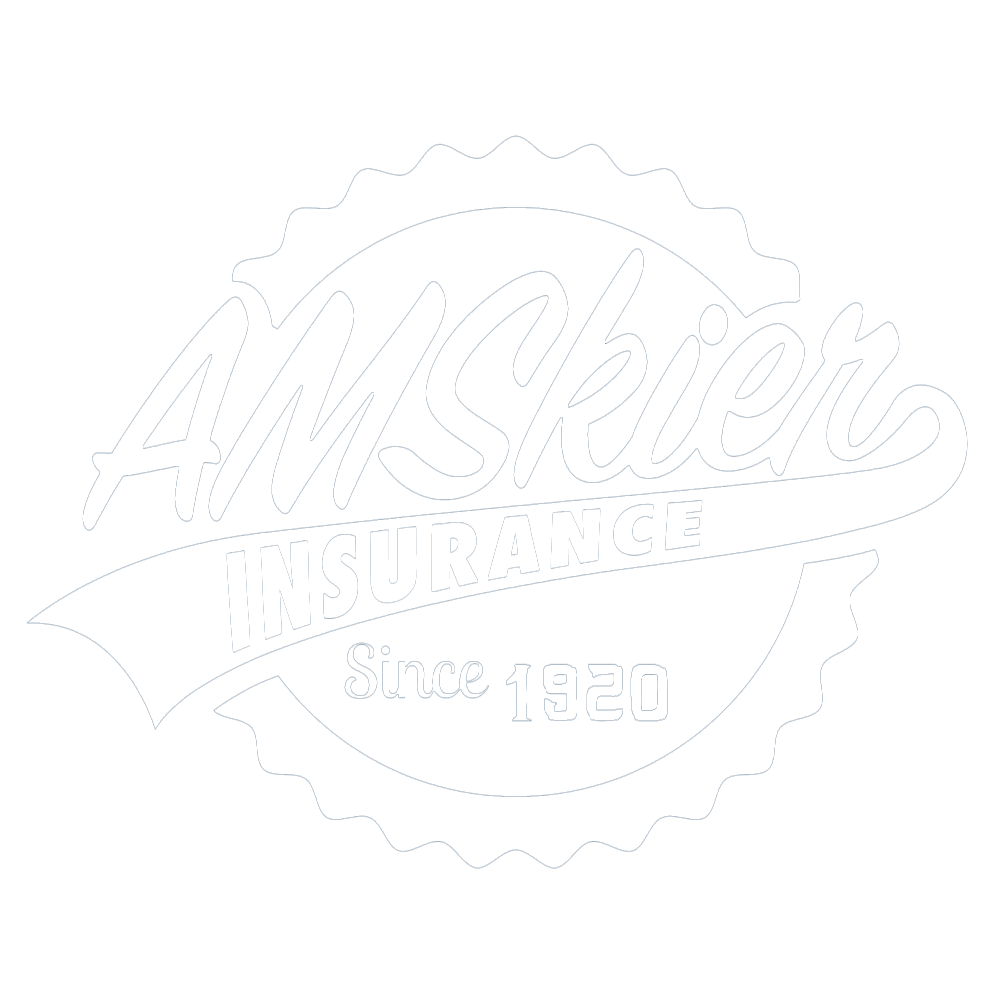
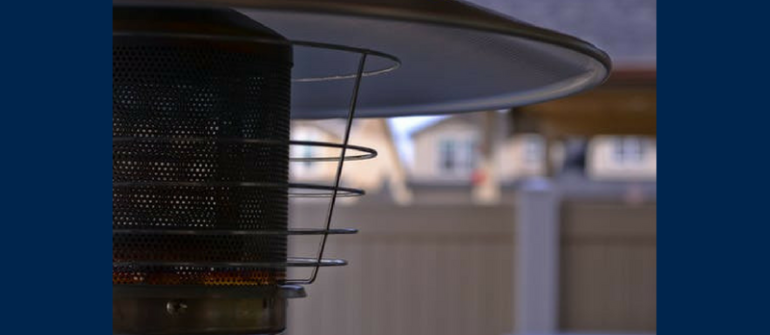



 Meet Jennifer Fountain, AMSkier Personal Insurance Agent Partner. Jennifer has three children, a full time job and is very active in her community. She’s a busy bee and certainly empathizes with the struggle to keep a hectic life in balance. She also knows that it is very important, no matter how busy you are, to take the time to be prepared for anything. September is National Preparedness Month so take a few tips from our Personal Insurance Agent, Jennifer Fountain!“Our family has an evacuation plan, just in the case we ever experience a true disaster. We know where we will go, how we will get there, how we will stay in touch and who will know where we are. This plan is spelled out and distributed to everyone in our family. We’ve practiced and rehearsed this plan. It’s important for all families to do the same. To make it easy for you, I’ve created a 5 point checklist below!”
Meet Jennifer Fountain, AMSkier Personal Insurance Agent Partner. Jennifer has three children, a full time job and is very active in her community. She’s a busy bee and certainly empathizes with the struggle to keep a hectic life in balance. She also knows that it is very important, no matter how busy you are, to take the time to be prepared for anything. September is National Preparedness Month so take a few tips from our Personal Insurance Agent, Jennifer Fountain!“Our family has an evacuation plan, just in the case we ever experience a true disaster. We know where we will go, how we will get there, how we will stay in touch and who will know where we are. This plan is spelled out and distributed to everyone in our family. We’ve practiced and rehearsed this plan. It’s important for all families to do the same. To make it easy for you, I’ve created a 5 point checklist below!”